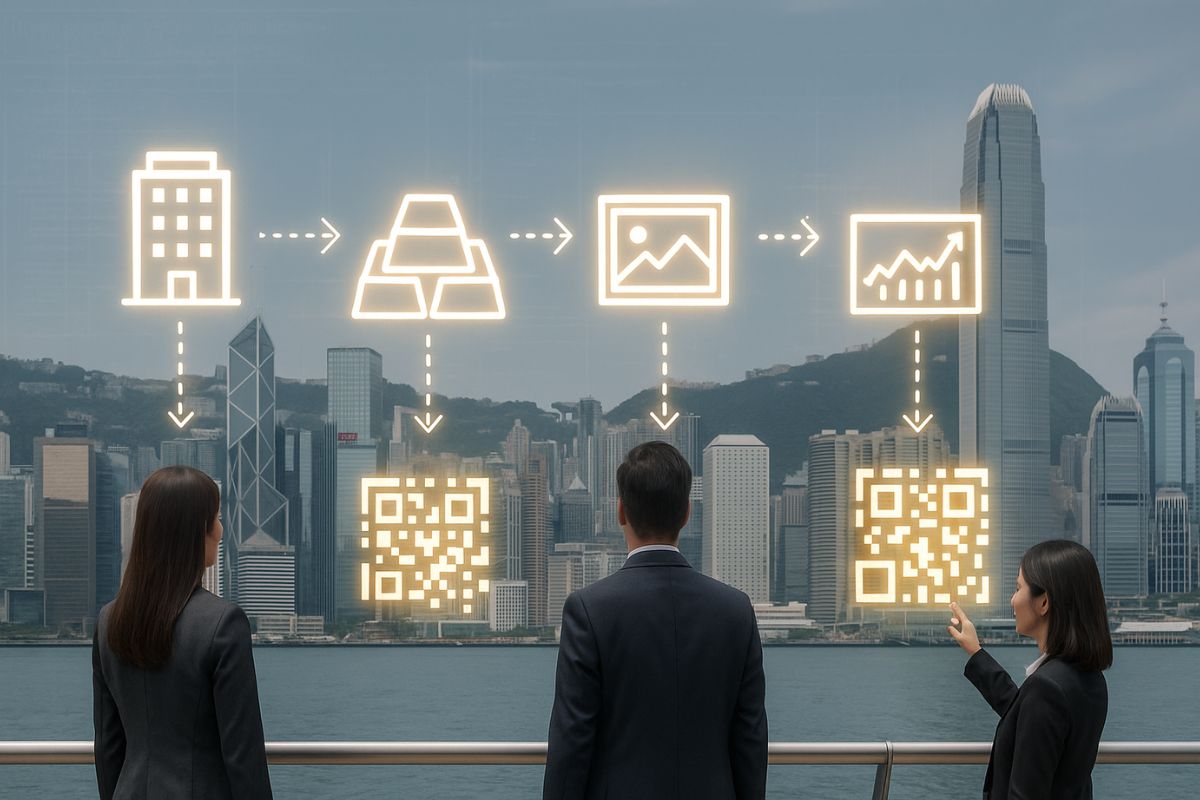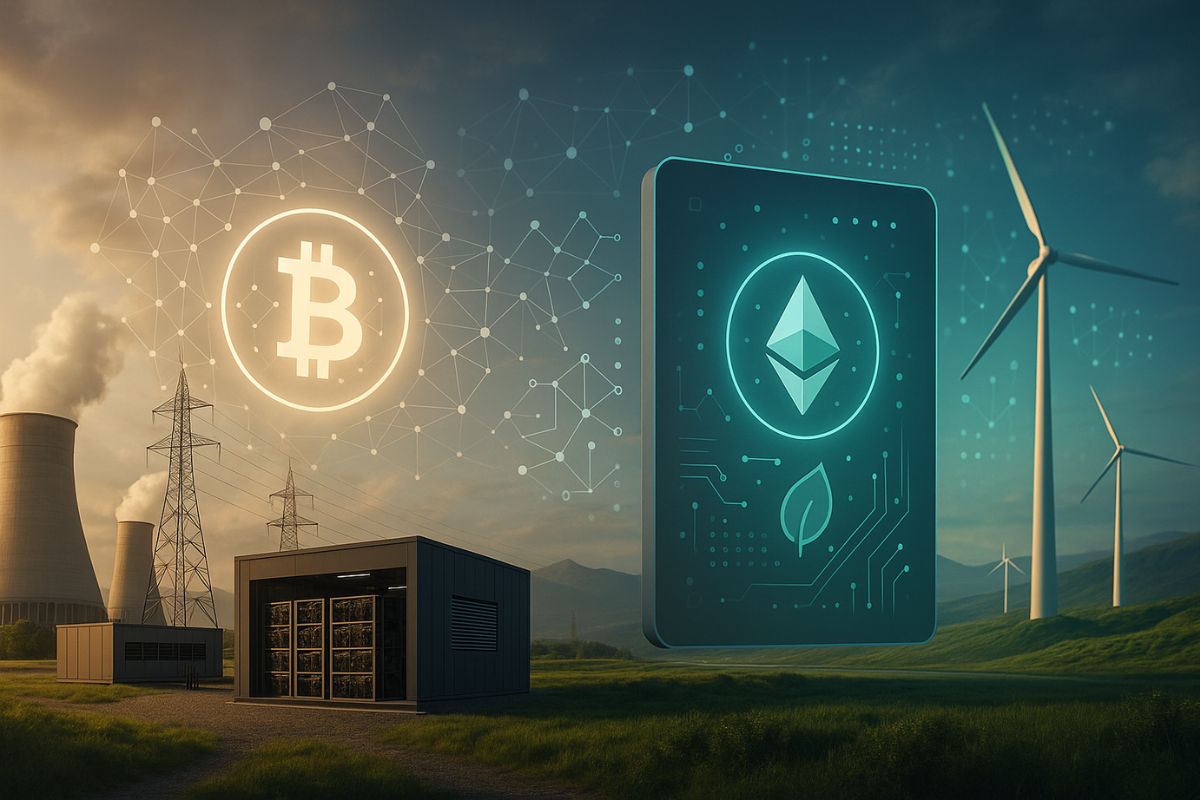
For a long time, most people couldn’t afford the world’s most valuable assets. Things like commercial real estate, fine art, or shares in a startup needed huge amounts of money and complex legal work. These assets are often “illiquid,” which means they are hard and slow to sell.
But what if you could own a tiny piece of a skyscraper in New York? Or a fraction of a famous painting? Blockchain technology makes this possible. It transforms physical and financial assets into digital tokens. People can buy, sell, and trade these tokens with ease. This process, called tokenization, builds a powerful bridge between traditional finance and the world of crypto and the digital economy.
A Quick Guide to Tokenization
This article explains how tokenization will change the way we think about ownership. Here’s a brief overview of the key concepts:
- What Tokenization Means: We’ll explain the simple idea of creating a digital “token” of a real-world asset on a blockchain.
- The Major Benefits: We’ll look at how this process gives more people access to high-value assets through fractional ownership. It also makes them easier to trade by increasing liquidity.
- The Road Ahead: We will touch on the challenges, including the legal and regulatory questions that need answers for tokenization to become common.
What Does It Mean to Tokenize Something?
At its core, tokenization converts the ownership rights of an asset into a digital token on a blockchain. It’s like a traditional stock certificate. But instead of paper, you have a secure digital entry showing your share.
You can apply this to almost any asset you can think of:
- Real Estate: You could divide a commercial building into one million tokens. Each token would represent a small share of ownership.
- Fine Art: Someone could tokenize a famous sculpture. This would allow a community of art lovers to own it together.
- Private Equity: A startup could offer tokenized shares to investors. This makes it easier to raise capital.
- Commodities: Digital tokens could represent a bar of gold or a barrel of oil.
Once someone tokenizes an asset, people can trade those tokens on digital marketplaces 24/7, from anywhere. The blockchain maintains the ownership record, making it transparent and hard to change.
Why This Unlocks New Opportunities
Tokenization’s biggest benefit is fractional ownership. Many people cannot afford a whole apartment building. But they might be able to afford a few tokens for a tiny slice of it. This makes it easier for more people to invest in high-value assets and build wealth.
Another key benefit is liquidity. Assets like real estate and fine art are famously illiquid. Selling a building can take months or even years. By tokenizing it, the owner can sell small pieces on a digital market almost instantly. This helps asset owners access cash when they need it. It also lets investors trade their positions without a long, complicated process. This shift is part of the broader rise of blockchain finance, where asset ownership and trading move onto transparent, always-open networks.
The New Challenges: Governance and Security
This new model of shared ownership creates new questions. Imagine hundreds of people own tokens for one building. How do they decide on renovations or rent prices? This is where new forms of community management appear. These tokenized assets could one day grant voting rights in decentralized autonomous organizations, letting all fractional owners help manage the asset.
Of course, you are responsible for keeping a digital representation of a valuable asset safe. Thieves find a token for a multi-million-dollar building very attractive. Understanding the principles of digital asset security is key for anyone in this new market. This includes knowing how to protect your private keys and spot potential scams.
Hurdles on the Path to Mainstream Adoption
The path to mainstream use still has major hurdles.
The biggest problem is unclear rules. Governments and financial regulators are still figuring out how to classify these new digital tokens. Are they securities, like stocks? Are they commodities? Or are they something totally new? The answers will have a huge impact on how people can issue, trade, and tax tokens.
We also need a strong legal framework. This would ensure that owning the token truly gives you ownership rights over the physical object. This “oracle problem” is a major focus for developers and lawyers. It’s about making sure the blockchain can reliably show real-world facts.
Tokenization changes how we see ownership. It could make the world’s most exclusive assets easier to access and trade. While the road ahead is complex, today’s work lays the foundation for a more open and inclusive financial future.


No Comments